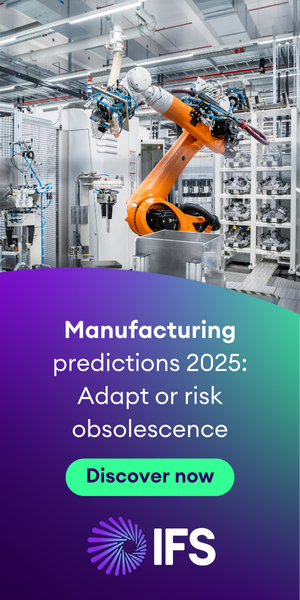Data is at the heart of the success of any modern enterprise. However, the recent exponential growth of business data has been accompanied by an equally drastic increase in complexity: more processes, ever-multiplying data sources, and a constant march toward novel ways to leverage it all.
This data can also be one of the enterprise’s most valuable commodities. Nevertheless, realizing its potential requires more than what a team of human analysts can accomplish. Getting the most out of your data requires AI-driven data analytics.
What is AI data analytics?
AI Data Analytics is the process within business intelligence (BI) that automates the analysis of vast amounts of business data using artificial intelligence (AI) software and machine learning. By using an AI analytics tool rather than human analysts, data analysis can happen faster, and patterns and other insights can be discovered that a human operator would be unlikely to detect.
What are the benefits of AI-driven data analytics?
Speed
Removing the human element from the data analytics process dramatically increases the speed with which data is analyzed. But speed alone is not the sole benefit here: it’s what an organization’s employees can do with the data that creates real opportunities. Everything from marketing campaigns to factory floor operations can be automated with the use of AI-driven data analytics, removing the bottlenecks and other delays inherent in human intervention.
Accuracy
Analyzing vast amounts of data can be tedious, and tedium breeds mistakes for even the most careful people. AI-driven data analytics, on the other hand, ensures the same level of accuracy with each bit of data, from beginning to end. Costly mistakes due to human error can be eliminated and the output from AI-driven data analysis can be trusted for even the most sensitive business scenarios.
Insight
When data analytics is driven by AI, the field of view is expanded beyond what the human brain can comprehend. With this expanded view, AI analytics systems can see patterns within the data that human operators would miss. These patterns can then be distilled into actionable insights that human employees can use to make smarter and more strategic business decisions.
AI analytics requires pervasive connectivity
To achieve fully AI-driven data analytics, your organization must adopt a pervasive connectivity approach to data management. In simple terms, pervasive connectivity is the interconnection of every data source and endpoint within an organization.
Without access to the full set of data flowing through your organization, an AI-driven analytics system will be unable to function at full effectiveness. By connecting every point at which data enters your organization and informs its operations, you can be sure everyone, including the AI analytics system, is working with the most up-to-date information.
Boomi enables AI-driven data analytics
Boomi Master Data Hub, intelligent flow process integration and intelligent connectivity based on connectors and APIs ensure the discovery and normalization of data. These tools and processes facilitate the removal of data silos, the protection of data, and makes it available for advanced analytics.
Achieving competitive advantage through successful AI analytics is possible when you make use of Boomi’s intelligent connectivity and automation to ensure successful discovery, capture, cataloging, and normalization of data while ensuring intelligent integration of key processes that consume it.
For more information, check out Boomi’s executive brief, AI, Data Analytics, and the Pressure to Be More Competitive.






